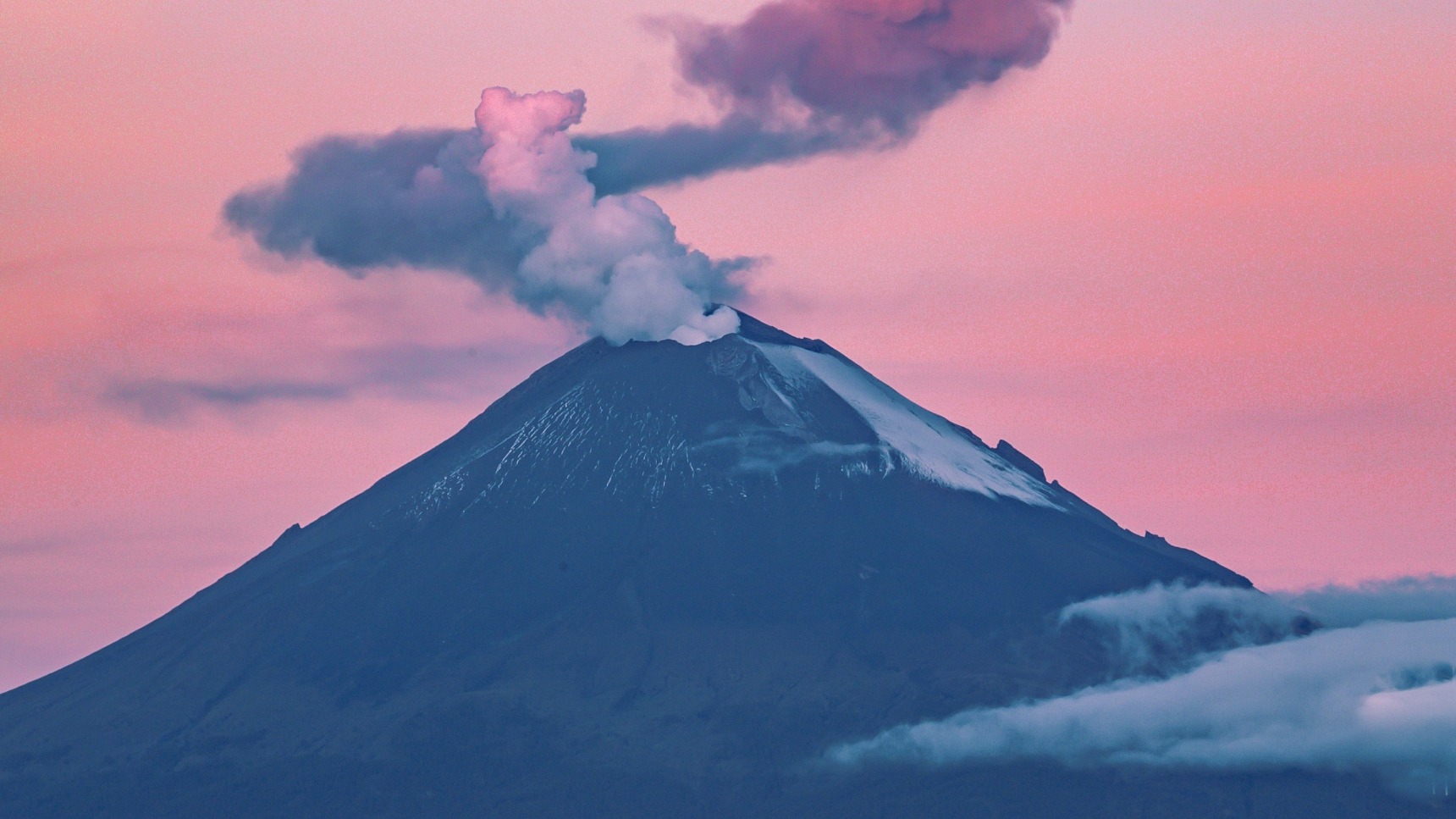Popocatepetl Eruption Update
Popocatepetl is an active stratovolcano located 55 kilometers (34 miles) southeast of Mexico City. The volcano has been erupting intermittently since December 1994. The most recent eruption occurred on May 17, 2023, and sent a plume of ash and gas 10 kilometers (6 miles) into the air.
Background Information
Popocatepetl is an active stratovolcano located 55 kilometers (34 miles) southeast of Mexico City.

The volcano has been erupting intermittently since December 1994.
The most recent eruption occurred on May 17, 2023, and sent a plume of ash and gas 10 kilometers (6 miles) into the air.
Geological Perspective
Popocatepetl is one of the most active volcanoes in Mexico, and its eruptions have been recorded for centuries.
The volcano's name comes from the Nahuatl words popoca ("smoking") and tepētl ("mountain"), and it is often referred to as "The Smoking Mountain."
The volcano is located in the Trans-Mexican Volcanic Belt, a chain of volcanoes that runs along the southern edge of the Mexican Plateau.
The belt is the result of the subduction of the Cocos Plate beneath the North American Plate.
Eruption Hazards
The volcano's eruptions are typically explosive, and they can produce ashfalls, pyroclastic flows, and lahars.
Ashfalls can travel long distances and can cause respiratory problems, while pyroclastic flows are hot, fast-moving clouds of ash, gas, and rock that can travel at speeds of up to 700 kilometers per hour (435 miles per hour). Lahars are mudflows that can be triggered by heavy rains or volcanic eruptions.
Current Status
The most recent eruption of Popocatépetl occurred on May 17, 2023.
The eruption sent a plume of ash and gas 10 kilometers (6 miles) into the air, and it was followed by a series of smaller eruptions. The eruption did not cause any injuries or damage, but it did force the evacuation of several villages in the area.
Recommendations
Popocatépetl is a potentially dangerous volcano, and its eruptions can have a significant impact on the surrounding area.
The volcano is monitored by the National Center for Disaster Prevention (CENAPRED), and it is currently at yellow alert status, which means that an eruption is possible.
People living in the area around Popocatépetl should be aware of the volcano's potential hazards and should be prepared to evacuate in the event of an eruption. They should also be aware of the signs of an eruption, which include increased seismic activity, gas emissions, and ashfall.